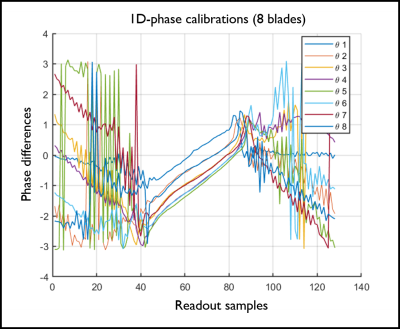Uten Yarach1,2, Frank Godenschweger3, Matt A Bernstein2, Myung-Ho In2, Itthi Chatnuntawech44, Kawin Setsompop5, Oliver Speck3, and Joshua Trzasko2
1Radiologic Technology Department, Associated Medical Sciences, Chiang Mai University, Chinag Mai, Thailand, 2Department of Radiology, Mayo Clinic, Rochester, MN, USA, Rochester, MN, United States, 3Otto-von-Guericke University Magdeburg, Biomedical Magnetic Resonance, Magdeburg, Germany, 4National Nanotechnology Center (NANOTEC), National Science and Technology Development Agency (NSTDA), Bangkok, Thailand, 5Department of Radiology, Stanford University, Stanford, CA, United States
1Radiologic Technology Department, Associated Medical Sciences, Chiang Mai University, Chinag Mai, Thailand, 2Department of Radiology, Mayo Clinic, Rochester, MN, USA, Rochester, MN, United States, 3Otto-von-Guericke University Magdeburg, Biomedical Magnetic Resonance, Magdeburg, Germany, 4National Nanotechnology Center (NANOTEC), National Science and Technology Development Agency (NSTDA), Bangkok, Thailand, 5Department of Radiology, Stanford University, Stanford, CA, United States
Model-based iterative reconstruction can manage for
off-resonance effect. This framework with locally-low-rank regularization enables high-resolution SAP-EPI images with minimizing blurring artifact.
Moreover, no phase-calibration of different multi-blade directions is required.

Fig. 3. (a): Sum-of-squares image obtained from all individual
blade images in 2a. (b): The image obtained by the proposed MBIR with virtual
coil LLR. (c): B0 field map obtained from 6-echo fast gradient-echo images via
fat-water separation. The red circles highlight severe geometric distortion (a)
and its improvement with the proposed scheme (b) in the region with strong
field inhomogeneity as shown in (c).

